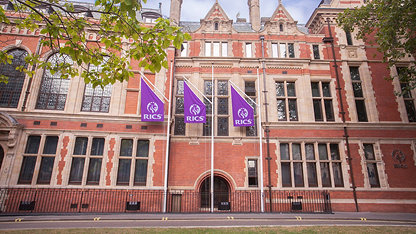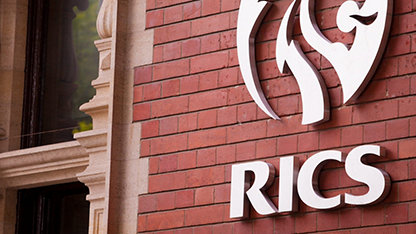The first students have begun their T Levels this September, bringing a whole new group of future talent into surveying. This also means that there are a whole new group of young people looking for employers to work with. This is an opportunity that should be welcomed for 3 good reasons.
What are T Levels?
A T Level is a new option for 16-year olds who have finished their GCSEs. They sit alongside A Levels with one T Level being equivalent to 3 A Levels and carrying the same UCAS points. Design, Surveying and Planning is one of the first three T Levels available with students starting this September. RICS have been working with government bodies and the Education and Training Foundation who are responsible for ensuring that the Colleges are ready to deliver this new course.
Benefits of T Levels
1. Employers get access to new talent earlier
Hundreds of students have started the very first T Levels. Colleges are reporting that students are motivated to get involved in the practical, career related tasks that could take them to a career as a surveyor. Part of the T Level is a 315 hour industry placement where the student carries out real work based on an agreed project concept. What better way to get to know your next employee.
RICS is working with the Education and Training Foundation (ETF), who have been funded by the government to support colleges to develop their staff. The ETF will help RICS make links with employers who want to take on a T Level student.
“RICS is working with the Education and Training Foundation (ETF), who have been funded by the government to support colleges to develop their staff ”
2. T Level students will be more diverse
T Levels are being delivered by Further Education Colleges who generally have a more diverse student intake than Sixth Forms who offer A Levels. Research by The Association of Colleges shows that in 2018/19, 25% of students aged 16-18 were from ethnic minority backgrounds, 46% were female and 23% had a disability. We can assume that these percentages will be reflected in the T Levels student intake, which will greatly improve the diversity from which employers can recruit.
An increase in the number of employees from diverse backgrounds has been proven to benefit organisations. Research by Amazon on the benefits of a diverse workforce polled 1,000 women working in STEM and found that a 10% increase of women in STEM careers could lead to a £3 billion boost for UK business.
3. T Levels are here to stay
Eventually there will be 24 T Levels covering 11 industry areas. They will be introduced gradually between 2020 and 2023 with increasing numbers of providers delivering them each year. We know which providers will be delivering which of the 2020, 2021 and 2022 T Levels and which awarding organisation will be providing the individual T Level specification based on content designed by employer panels.
The government has invested hundreds of millions of pounds in T Levels to ensure that colleges are equipped, and their staff are trained to deliver them. Of course, there is concern right now; due to the pandemic, businesses are having to make difficult decisions about their existing workforce and don’t necessarily wish to have additional people on site. But in the longer-term students consider the ‘industry placement’ a USP of the programme as it gives them real life experience in the area in which they wish to progress.
There is also much talk of T Levels being developed at Level 4 and Level 5 in the future.
- Mike Cox, Future Talent Manager – Universities, Skills and Apprenticeships, RICS











